Introduction
UNESCO Full Form: The full form of UNESCO is the United Nations Educational, Scientific and Cultural Organization, a specialized agency of the United Nations founded in 1945. UNESCO’s core aim is to build peace through international collaboration in education, science and culture. Its programmes play a vital role in helping countries achieve the Sustainable Development Goals (SDGs) of Agenda 2030, particularly those relating to inclusive quality education, scientific cooperation and cultural heritage preservation. As of 2025, UNESCO counts 194 member states and 12 associate members, and is headquartered at the World Heritage Centre in Paris, France.
Its global field network includes national commissions and regional offices enabling it to operate across continents. UNESCO works across five major fields of competence: education, natural sciences, social and human sciences, culture and communication/information. It supports inclusive education for children and adults, promotes gender equality, advances scientific knowledge for sustainability, safeguards cultural and natural heritage, and fosters freedom of expression and access to information.
These efforts reflect its mission to foster mutual understanding, dialogue among nations and respect for human rights. By leveraging these programme areas, UNESCO helps countries address global challenges such as climate change, digital transformation, cultural erosion and educational inequality.
Table of Contents
Overview
This section briefly overviews UNESCO (United Nations World Development Program). Let’s have a look.
| UNESCO | United Nations Educational, Scientific and Cultural Organization |
| Headquarters | World Heritage Centre Paris, France |
| Formation | 16 November 1945 |
| Parent organization | United Nations Economic and Social Council |
| Type | United Nations specialised agency |
| Status | Active |
| Head | Audrey Azoulay (Director-General) |
| Website | https://en.unesco.org/ |
| Official languages | Arabic, Chinese, English, French, Russian and Spanish. |
UNESCO History
The UN Educational, Scientific, and Cultural Organization (UNESCO) was founded in 1945 as a specialized body of the UN. Its roots can be traced back to the end of World War II. Initially created to help rebuild war-torn Europe, quickly grew its goal to promote peace and unity between countries through education, science, and culture.
The headquarters are in Paris, France. The organization’s Constitution encourages countries to work together to protect human rights, promote peace, and keep everyone safe. It has been very important in improving education around the world, especially by pushing reading and fair pay for boys and girls in schools. In addition, it has made it easier to do scientific study and share technology.
It has also helped protect cultural heritage places and build understanding between cultures. It is still working on many different projects to make the world a better place for everyone.
UNESCO’s Services
- Library and Archives reading room
- Bookshop
- Campus
- Restaurant
- Art and Architecture
Facts & Figure
| Member States | 193 and 12 12 Associate Members |
| Institute | More than 135 institutes and Category 2 centres under the auspices of UNESCO around the world |
| UNESCO Staff | 2,293 UNESCO Staff of 169 nationalities working across 54 countries |
| UNESCO Personnel | 44% of women Among UNESCO directors |
| UNESCO directors | 10 million km2 of land protected by UNESCO-designated sites including 727 Biosphere Reserves 169 Global Geoparks 1,15 4 World Heritage sites |
| Annual Budget | US$ 684.9 million (10% of total UNESCO Budget) – From Private Secot Contributions |
| Land Protected | 55% of Women Among UNESCO Personnel |
| Li Beirut | 95 schools, 20 TVET centres and 3 universities in Lebanon’s capitalhave been rebuilt through UNESCO’s flagship initiative |
| Projects | More than 100 inspiring projects across 56 countries have been highlighted by the UNESCO Green Citizens |
| Jobs | 95 schools, 20 TVET centres and 3 universities in Lebanon’s capital have been rebuilt through UNESCO’s flagship initiative |
| UNESCO Green Citizens | Over US$ 1 million earmarked for co-financing through the UNESCO-administered Global Media Defence Fund, a responsive mechanism to support not-for-profit organizations working on the ground to bolster journalists’ legal protection and/or enhance media freedom |
| Global Media Defence Fund | 246 cities that currently make up the UNESCO Creative Cities Network (UCCN) place creativity and cultural industries at the heart of their local development Plans |
| UCCN | 246 cities that currently make up the UNESCO Creative Cities Network (UCCN) place creativity and cultural industries at the heart oftheir local development Plans |
Official UNESCO NGOs
| Abbr | Organization |
| IB | International Baccalaureate |
| CCIVS | Co-ordinating Committee for International Voluntary Service |
| CIPSH | International Council for Philosophy and Humanistic Studies (Conseil International de Philosophie et des Sciences Humaines; publishes Diogenes) |
| CIOFF | International Council of Organizations of Folklore Festivals and Folk Arts (Conseil International des Organisations de Festivals de Folklore et d’Arts Traditionnels) |
| EI | Education International |
| IAU | International Association of Universities |
| IFTC | International Council for Film, Television and Audiovisual Communication |
| ICOM | International Council of Museums |
| ICSSPE | International Council of Sport Science and Physical Education |
| ICA | International Council on Archives |
| ICOMOS | International Council on Monuments and Sites |
| IFJ | International Federation of Journalists |
| IFLA | International Federation of Library Associations and Institutions |
| IFPA | International Federation of Poetry Associations |
| IMC | International Music Council |
| IPA | International Police Association |
| INSULA | International Scientific Council for Island Development |
| ISC | International Science Council (formerly ICSU and ISSC) |
| ITI | International Theatre Institute |
| IUCN | International Union for Conservation of Nature and Natural Resources |
| IUTAO | International Union of Technical Associations and Organizations |
| UIA | Union of International Associations |
| WAN | World Association of Newspapers |
| WFEO | World Federation of Engineering Organizations |
Read also:
UNESCO Key Achievements
- Preserves 1,073 World Heritage Sites across 167 countries, protecting globally significant cultural and natural landmarks.
- UNESCO-designated sites cover nearly 10 million km², supporting sustainable development and cultural conservation.
- Leads global efforts to ensure quality education for all, promoting equality, access and lifelong learning.
- Published General and Regional Histories, contributing to shared knowledge and intercultural understanding.
- Coordinates international tsunami early-warning systems, strengthening disaster-risk reduction and coastal safety.
- Supports networks of Member States and UNESCO-associated schools, improving educational collaboration worldwide.
- Led the reconstruction of heritage structures in Timbuktu, preserving cultural identity after conflict.
- Assisted in removing Angkor Temple from the World Heritage in Danger List, ensuring long-term heritage protection.
- Launched the SESAME world-class scientific research laboratory, advancing cooperation in the Middle East through science.
- Builds strong youth networks across 9 Mediterranean countries, empowering young people through leadership and education.
- Actively condemns violence against journalists and promotes media freedom, protecting press safety worldwide.
UNESCO Achievements
| 1952 | The Universal Copyright Convention |
| 1954 | The creation of CERN |
| 1960 | Saving the Nubian Monuments from Abu Simbel to Philae |
| 1964 | The General History of Africa |
| 1965 | The Pacific Tsunami Warning and Mitigation System |
| 1971 | The Man and the Biosphere (MAB) Programme |
| 1997 | The Declaration on the Human Genome and Human Rights |
UNESCO and India
- India is a founding member of UNESCO, having joined in 1946.
- The Indian National Commission for Cooperation with the organization (INCCU) functions under the Ministry of Education (formerly MHRD), ensuring coordination between India and the agency.
- The organization has been operating in India since 1948 and currently functions through the New Delhi Cluster Office, which serves South and Central Asian countries.
- India was elected to the UNESCO Executive Board for the 2021–25 term with 164 out of 173 votes.
- India hosts a Category-I institute of UNESCO — MGIEP (Mahatma Gandhi Institute of Education for Peace and Sustainable Development), established in New Delhi in 2012. The institute focuses on SDG 4.7, digital learning, social-emotional learning, and peace education.
- India maintains extensive collaboration with the agency on initiatives connected to education, culture, environmental conservation, science, gender equality and digital transformation.
- India is a signatory to 19+ UNESCO conventions, including those for World Heritage, Intangible Cultural Heritage, Copyright Protection and Education Rights.
- India currently has 45 World Heritage Sites, along with several more on the tentative list awaiting evaluation by the global education & culture body.
- Major partnerships include cultural heritage conservation, biosphere reserve management, literacy and foundational education programmes, youth empowerment and media freedom.
- This works closely with the Ministry of Culture, Ministry of Education, NCF, NCERT, AICTE, UGC, and National Museum bodies for nationwide delivery.
- There education programmes in India prioritise foundational literacy, digital learning, NEP 2020 alignment, skill training and gender-inclusive learning.
- Environmental collaborations include support for climate-resilient cities, preservation of biosphere reserves, documentation of Indigenous knowledge and sustainability education.
- India continues to play a leadership role by providing financial support, technical expertise and strategic guidance to the organization in advancing global peace, sustainable development and intercultural cooperation.
Conclusion
The United Nations Educational, Scientific and Cultural Organization continues to play a crucial role in promoting global peace, cultural preservation, scientific progress, and inclusive quality education through international cooperation. With its programmes supporting Sustainable Development Goals, World Heritage protection, digital learning, media freedom, gender equality, and resilience against climate change, the organisation helps nations overcome shared global challenges while strengthening cultural identity, innovation and human development for a better future.
Frequently Asked Questions (FAQs)
What is UNESCO’s full form?
UNESCO means United Nations Educational, Scientific and Cultural Organization, a UN agency dedicated to global peace through education, science, culture and communication.
How many countries are members of UNESCO?
UNESCO has 194 member states and 12 associate members in 2025, working together for education, culture, sustainability and scientific development.
Who is the current head of UNESCO?
Audrey Azoulay continues serving as Director-General of UNESCO in 2025, leading major global programmes on culture, education, digital learning and heritage protection.
Where is UNESCO Headquarters located?
The headquarters of UNESCO is located in Paris, France, operating as the global centre for cultural heritage, science, education and information programmes.
Who funds UNESCO?
UNESCO receives funding from assessed contributions by member states, voluntary donor funding, public–private partnerships and the World Heritage Fund supporting global projects.
Is India a member of UNESCO?
Yes , India is a member of UNESCO and India officially joined in 1946.
Read also:

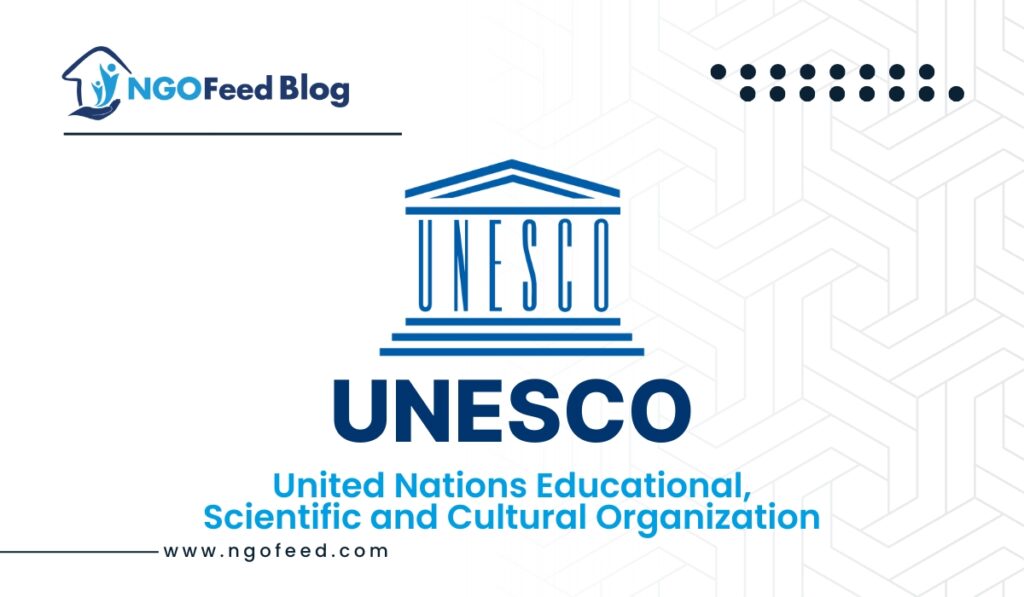

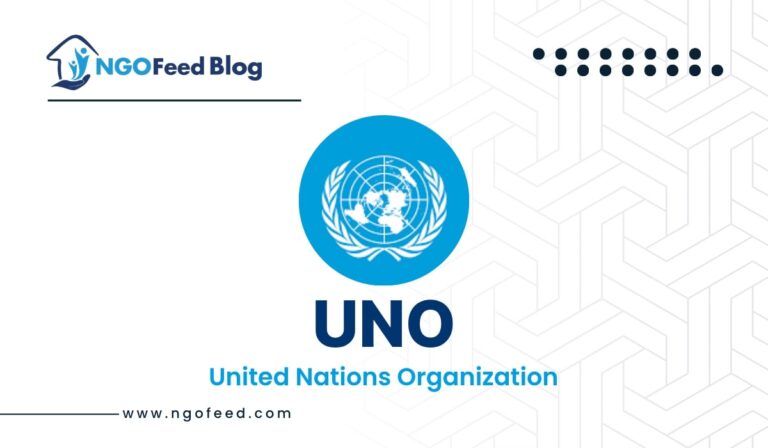
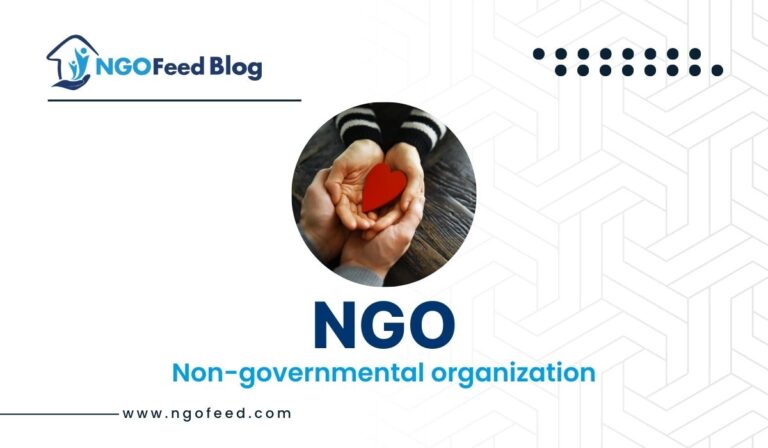
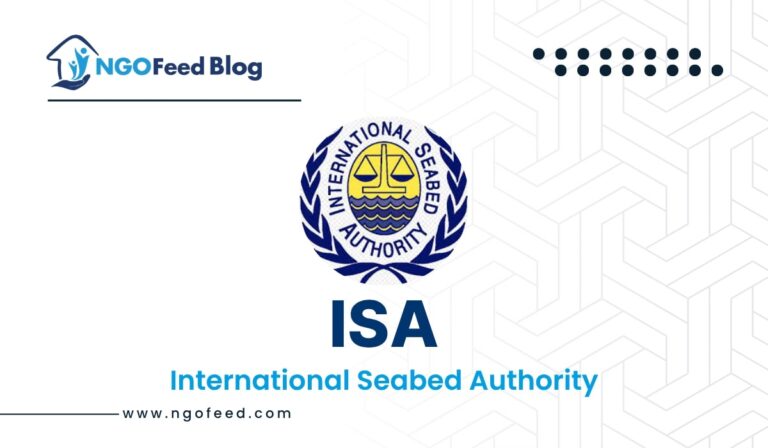
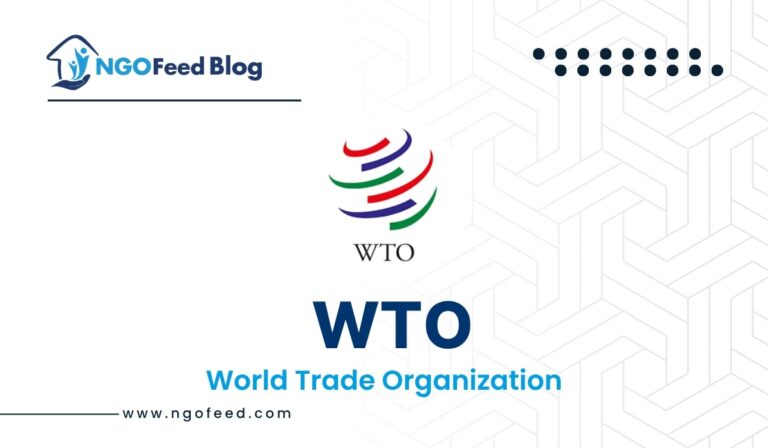
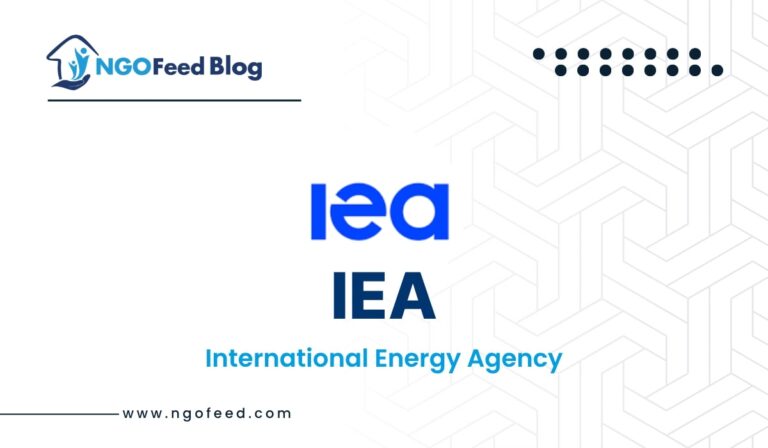
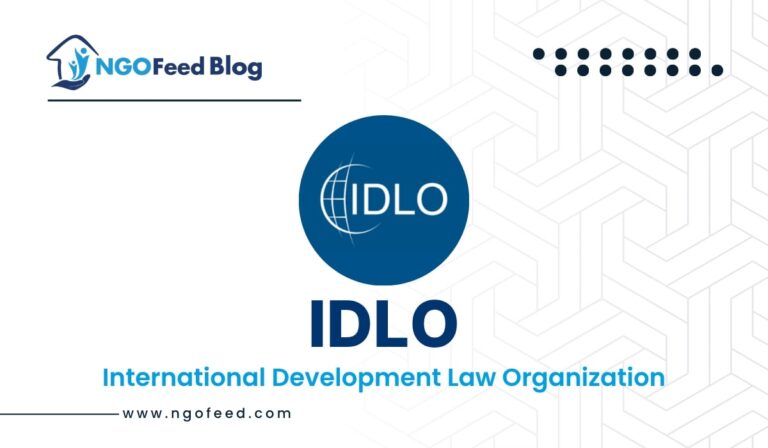
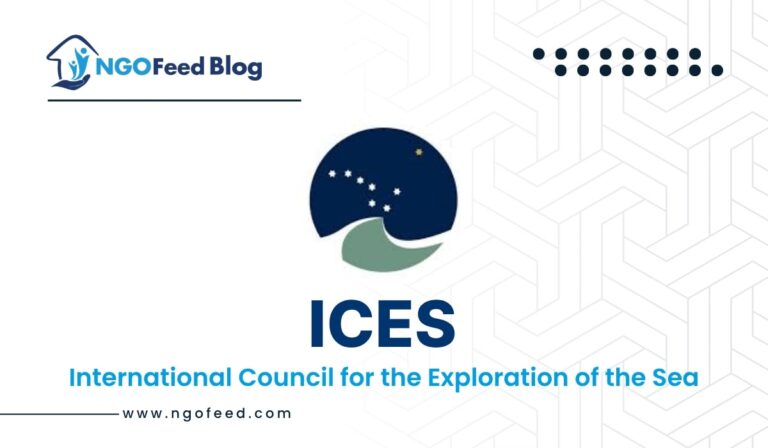
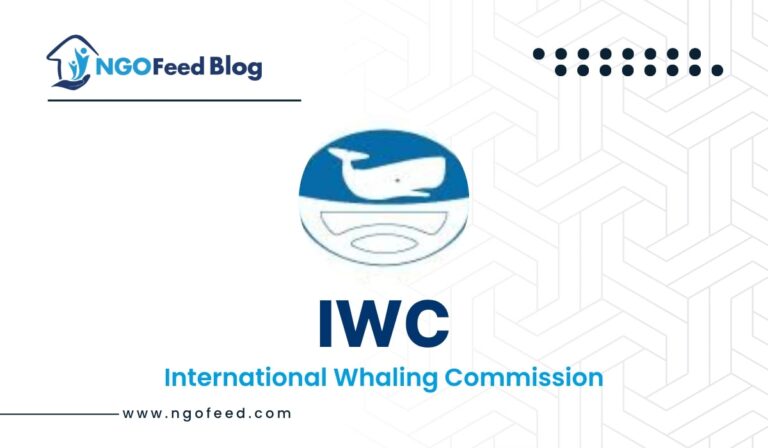
The best thing about education